
Roccat
The first thing peripherals specialist Roccat showed us was the Tyon mouse, designed for shooting games in which you also take control of vehicles, like Battlefield 4, World of Tanks and GTA. It has a rocker switch on the side which you control with your thumb, and you can use this to control the nose of a plane, for example. It also has two additional buttons on the sides of each of the main buttons, as well as a fin switch between them which you can knock left or right, though we found this very tricky.It certainly looks a little odd, but we tried it and instantly had a much better time flying jets in Battlefield 4 than we have done in the past – our previous attempts using a mouse have amounted to little more than a few seconds of airtime followed by a fiery death in the side of a mountain. We'll reserve our full verdict for its release near the end of September, when it should be available for 99 Euros (including 19 percent tax).
Next we have a couple of products that are a bit further off than late September. One is the Skeltr keyboard, which will provide full integration with Andriod, iOS and Windows Phone smartphones using a USB connection and a Bluetooth pairing to turn the screen in your pocket into one for your keyboard. For starters, you can plug your headset into the back of the keyboard and use it to answer incoming calls, switching between those on your phone and those in TeamSpeak or Skype at the flick of a button.
You can also use your keyboard to type on your phone, which could be useful for replying to messages with speed. The software can also recognise the active window on your desktop and offer additional controls on the phone depending on what program it is, and you can also tie application and game shortcuts to it. We're definitely keen to see what else it can do – expect it some time around spring 2015.
Lastly is the Nyth mouse, which is best described as a modular MMO mouse. In its default form it has 12 single buttons on the side, but by plugging in different shaped buttons (all supplied) you can reduce this so you only have those that you need, filling in the rest with inactive blockers so you don't accidentally press them.
The side of the mouse can also be changed to suit different grip styles. Honestly, we're not very convinced in this case – it doesn't seem practical to have to keep changing buttons or sides, and we'd rather just buy a mouse that suited us right to begin with. Nevertheless, it's still very much a prototype, and is at least 6 months away at an optimistic estimate.

MSI MPG Velox 100R Chassis Review
October 14 2021 | 15:04

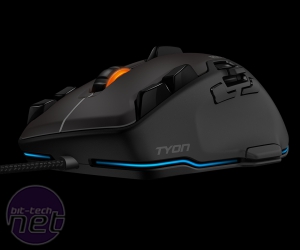
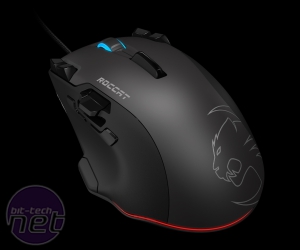
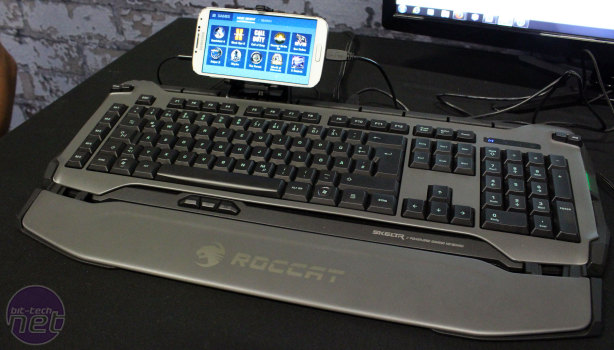


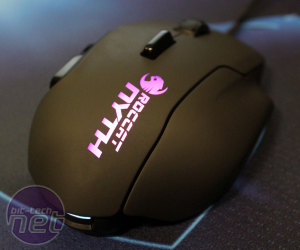
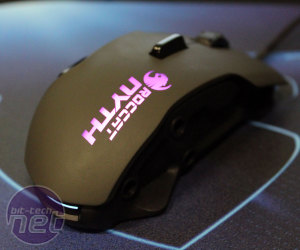
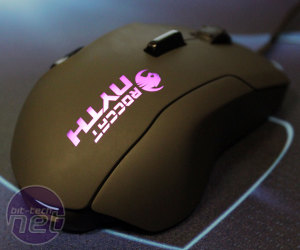







Want to comment? Please log in.